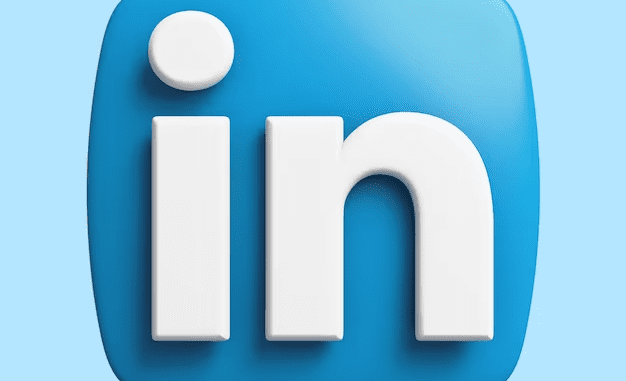
The impending launch of a gaming area on LinkedIn marks the beginning of a new era in career-related engagement and connection. This action seeks to increase enjoyment and strengthen bonds between people, but it also brings up significant issues including the relationship between workers and their employers, potentially harmful competition, and striking a balance between virtual and real-world enjoyment.
Increasing the Bond Between Employees and Companies
The addition of games to LinkedIn may improve ties between workers and their employers. Through the integration of leaderboards that assign rankings to organizations based on employee scores, LinkedIn offers a gamified platform for individuals to exhibit their abilities and accomplishments. Employee engagement and pride can be enhanced by this, since they help their company’s standing and reputation.
The games area can also promote cooperative learning and pleasant rivalry among staff members. Workers can interact with one another, share tactics, and cooperate to raise their group scores. A more unified work atmosphere can result from this collaborative spirit, which can strengthen teamwork and friendship.
Unintentional Effects: unhealthy rivalry and employee-manager dynamics
Although there are benefits to LinkedIn’s gamification feature, there is also a chance that it could lead to unhealthy internal competitiveness in businesses. When a worker routinely outperforms their bosses or coworkers in the games, it can lead to conflict and negatively impact the atmosphere at work. Relationship tensions, animosity, or even a sense of superiority among staff members may result from this situation.
Organizations should promote a culture that recognizes the importance of individual contributions and teamwork beyond game scores in order to lessen these possible problems. It is critical to convey that an employee’s performance or value within the organization is determined by more than just their gaming rankings. Fostering a culture that prioritizes teamwork, professional development, and accomplishing organizational objectives can aid in sustaining a harmonious equilibrium between constructive competition and the general welfare of employees.
Digital Entertainment and Reality
The addition of games to LinkedIn is another step in the direction of fusing online entertainment with the real-world networking and job development opportunities. While gamification can improve communication and engagement, it’s important to maintain a healthy balance between the real and virtual worlds.
Employers and staff need to be careful not to allow the gamification process eclipse the value of real-world achievements, competencies, and connections. The games component on LinkedIn should be viewed as an extra level of involvement, enhancing rather than supplanting professional development. To keep a healthy perspective on the digital pleasure given, encourage staff members to use the platform for networking, information exchange, and career progress in addition to the games.
In order to maintain a pleasant and productive work environment, employers and employees alike must negotiate these considerations as LinkedIn embraces the future of gamification. By utilizing games’ potential while keeping an eye on tangible achievements, LinkedIn can keep developing into a useful resource for networking and job advancement.
Leave a Reply